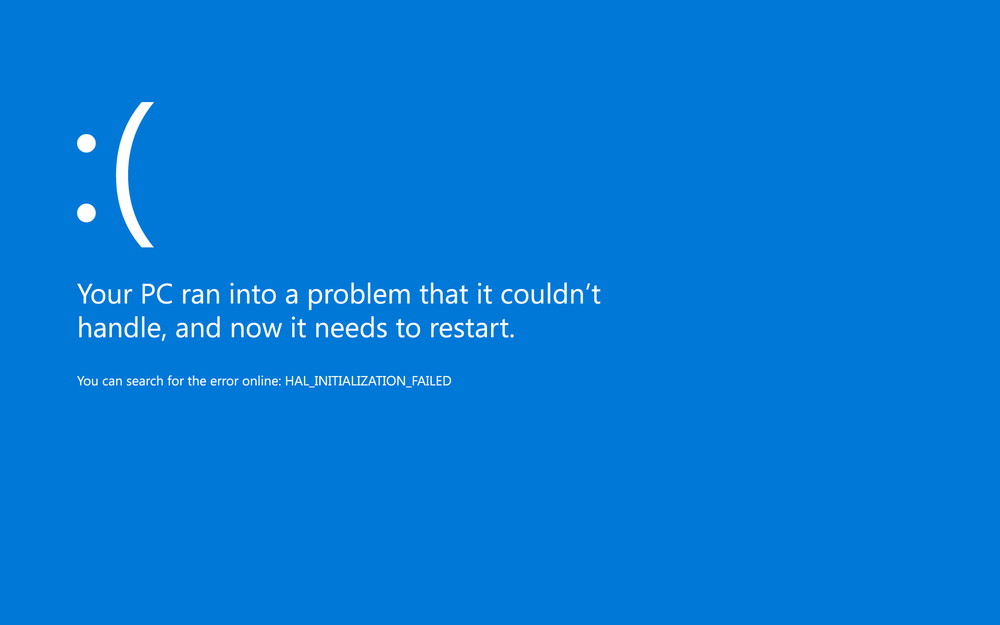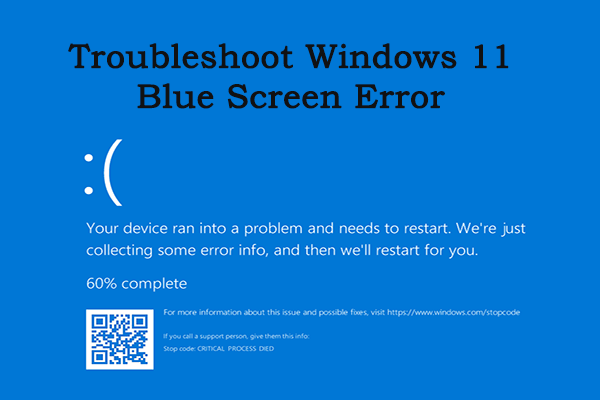

DebuggingĪlways begin with the !analyze extension with the verbose -v option.
#Kernel blue screen windows 7 drivers#
For example, if two file system filter drivers are attached to the same stack and then the file system recurses back in, the stack overflows.

This overflow occurs if multiple drivers are attached to the same stack.

#Kernel blue screen windows 7 install#
Causeīug check 0x7F typically occurs after you install a faulty or mismatched hardware (especially memory) or if installed hardware fails.Ī double fault can occur when the kernel stack overflows. The less-common trap codes include the following:Ġx00000007 - A hardware coprocessor instruction with no coprocessor presentĠx0000000A - A corrupted Task State SegmentĠx0000000B - An access to a memory segment that was not presentĠx0000000C - An access to memory beyond the limits of a stackĠx0000000D - An exception not covered by some other exception a protection fault that pertains to access violations for applicationsįor other trap numbers, refer to the Intel processor architecture manual for the processor you are troubleshooting. The other common cause is a hardware problem. If you think this has occurred, use !thread to determine the stack limits, and then use kb (Display Stack Backtrace) with a large parameter (for example, kb 100) to display the full stack. Because there is no stack left, a stack overflow results, causing the double fault. This overflow occurs when a guard page is hit, and the kernel tries to push a trap frame. There are two common causes of a Double Fault: 1. However, there are several exceptions that cannot be handled serially, and in this situation the processor signals a double fault. Typically, the two exceptions are handled serially. Indicates that an exception occurs during a call to the handler for a prior exception. The most common cause of this error is hardware memory corruption. This error typically occurs when the instruction pointer has become corrupted and is pointing to the wrong location. Indicates that the processor tries to execute an invalid instruction. A BOUND instruction ensures that a signed array index is within a certain range. Indicates that the processor, while executing a BOUND instruction, finds that the operand exceeds the specified limits. Occurs when the processor executes a call to an interrupt handler when the overflow (OF) flag is set. Memory corruption, other hardware problems, or software failures can cause this error. Indicates that a DIV instruction is executed and the divisor is zero. The most common trap codes include the following: Parameter The first parameter that appears on the blue screen specifies the trap number. UNEXPECTED_KERNEL_MODE_TRAP Parameters Parameter 1 If you are a customer who has received a blue screen error code while using your computer, see Troubleshoot blue screen errors.


 0 kommentar(er)
0 kommentar(er)
